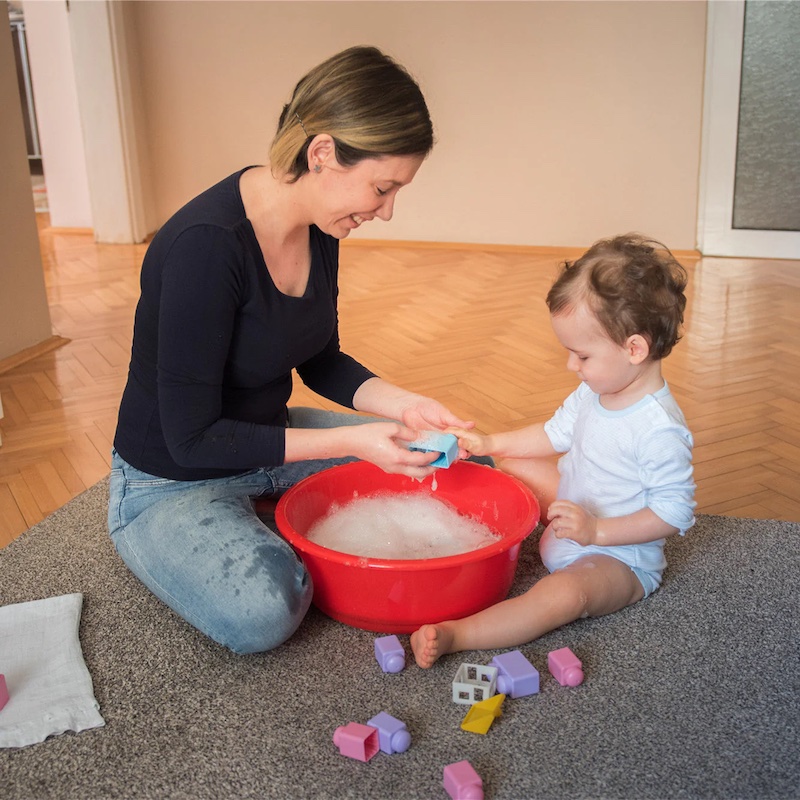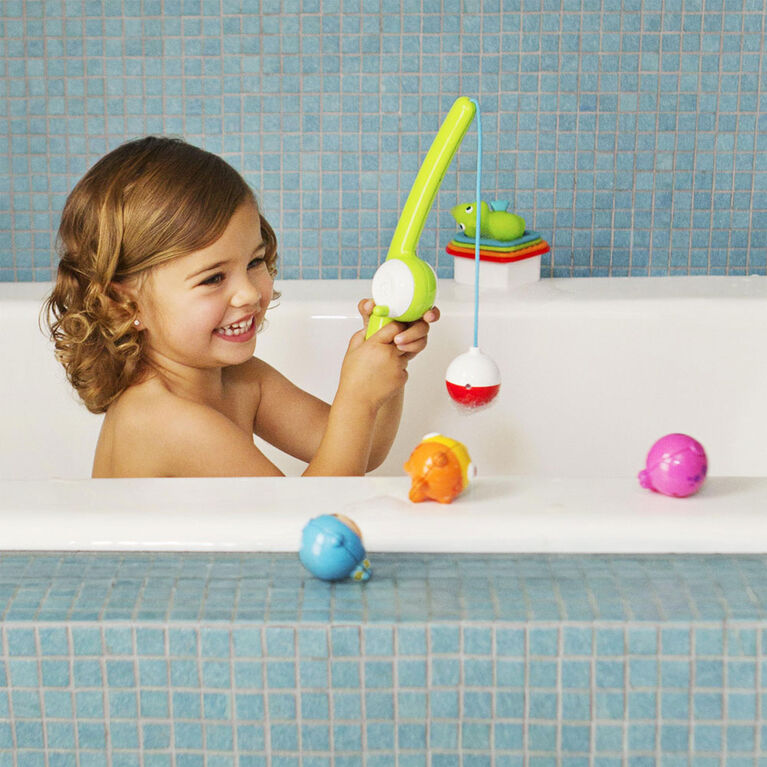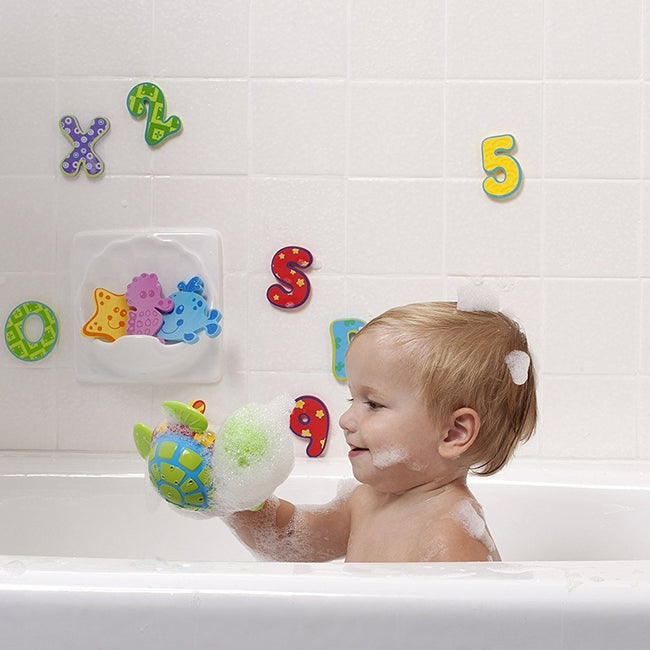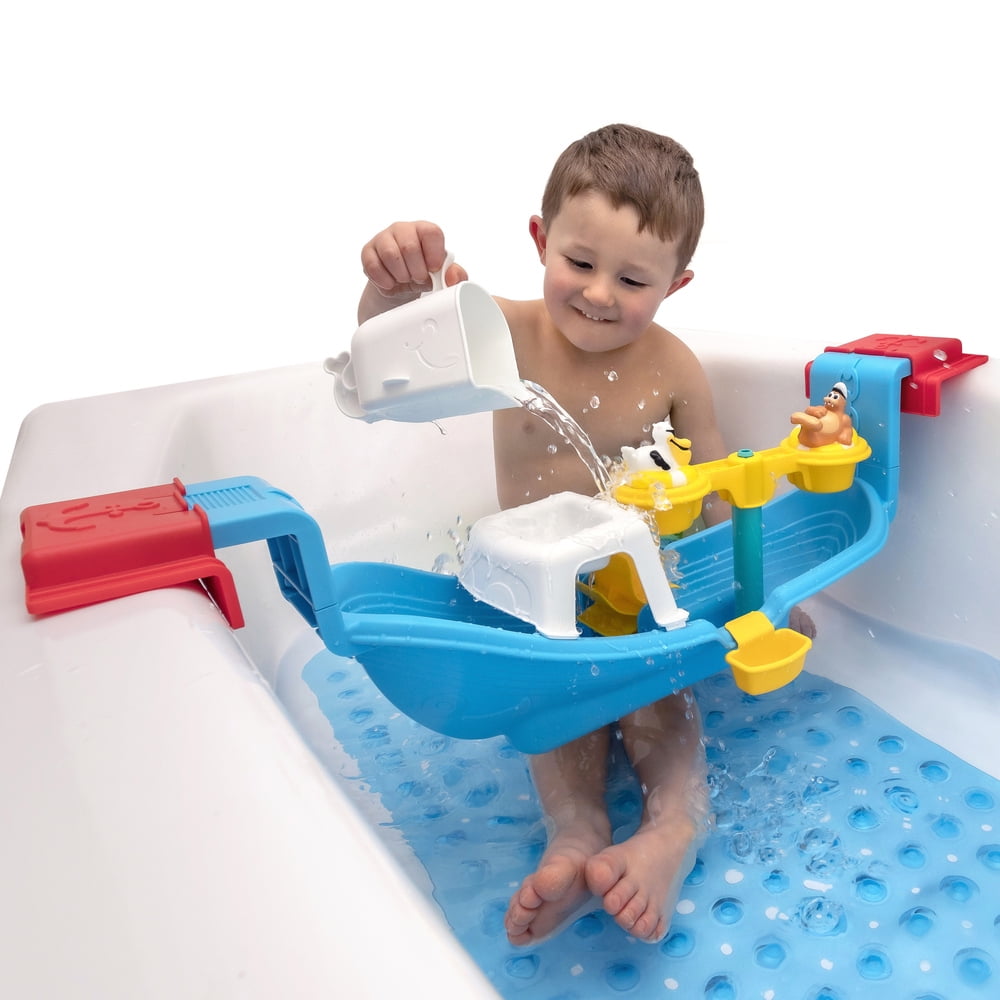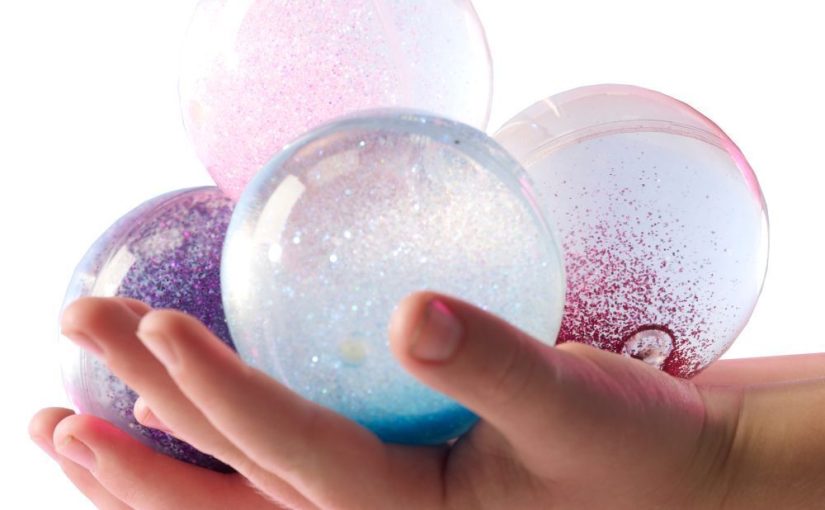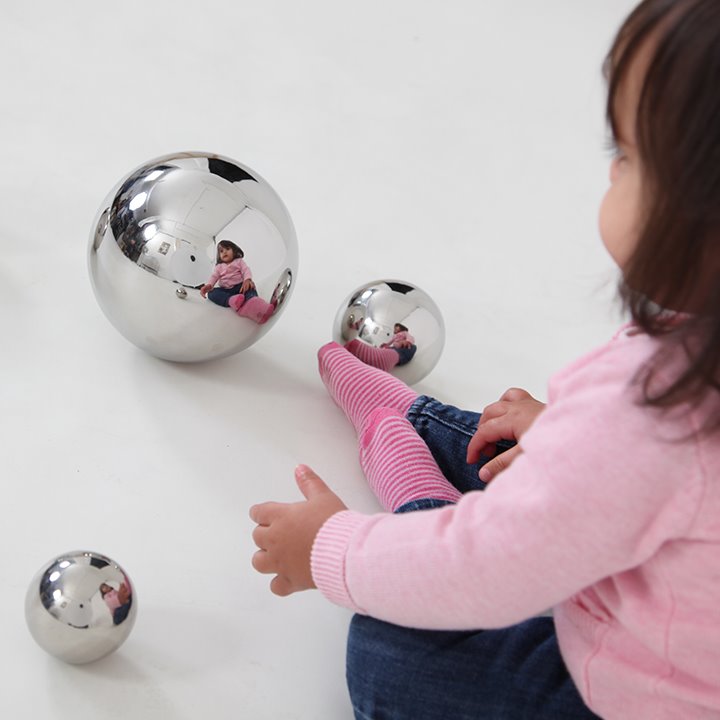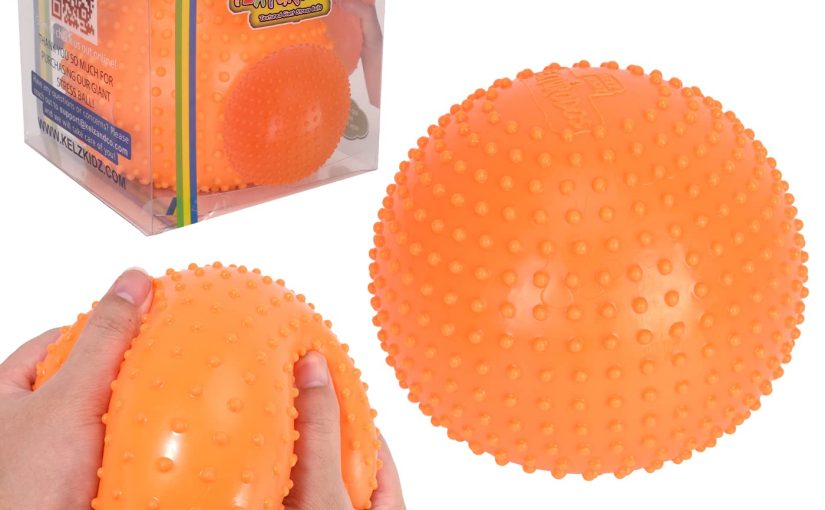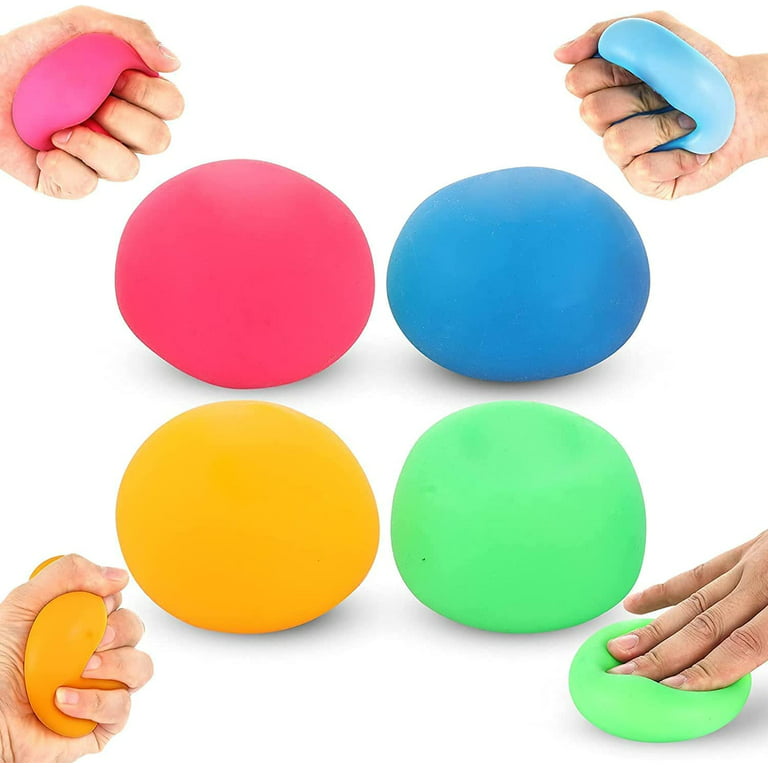Introduction to Infant Bath Toys
Bath time can be a highlight for infants. It’s a time for splashing, playing, and enjoying the water. To enhance this experience, infant bath toys are essential. These toys are not just for fun. They help in developing motor skills and learning cause and effect. It’s important that the bath toys you choose are not only entertaining but also safe for your little one to use.
When it comes to choosing infant bath toys, there are countless options available. From colorful rubber ducks to floating books, each toy offers a different bath time adventure. The right toys can turn a routine bath into an opportunity for developmental growth and sensory stimulation. But with such a variety, how do you pick the best ones?
Selecting safe and stimulating infant bath toys requires attention to detail. Not all toys are created equal, and some are better suited for infants than others. In the following sections, we’ll explore the safety aspects you need to consider, the popular types of bath toys that infants enjoy, and how to choose the right ones. We’ll also discuss tips for keeping these toys clean and where to find the best selections for quality bath playtime.
Remember, the goal is to create a fun, safe environment that enriches your infant’s bath time. Let’s make sure each bath is filled with laughter and learning with the right infant bath toys.
Importance of Safety in Infant Bath Toys
Ensuring the safety of infant bath toys is paramount. Infants are naturally curious and often place toys in their mouths. Unsafe toys can pose choking hazards, contain harmful chemicals, or even house bacteria that can cause infections. Therefore, it’s critical to pick infant bath toys that meet strict safety standards.
To prevent accidents, always look for toys free from small parts that could break off. Choose items made from non-toxic materials certified for use by infants. Be wary of toys painted with unknown dyes or coated with potentially dangerous substances. Read labels carefully and opt for products that are BPA, PVC, and phthalate-free.
Check for certifications such as the CE mark in Europe or approval by the Consumer Product Safety Commission (CPSC) in the U.S. to verify toy safety. These certifications indicate that the toys have undergone testing for hazards and are deemed safe for infant use.
Inspect toys for sharp edges or points that could harm delicate infant skin. Toys should be robust enough to withstand biting and tugging without breaking. Always supervise bath time play to quickly intervene if a toy breaks or presents a risk.
By prioritizing safety when choosing infant bath toys, you ensure not just a fun, but also a secure environment for your little one’s development and enjoyment.
Popular Types of Infant Bath Toys
When venturing into the world of infant bath toys, variety truly is the spice of life. Knowing the popular types helps parents make informed choices that resonate with their little one’s preferences and developmental needs.
Floating Toys
Floating toys are classic for infant bath time. Think of rubber duckies. They drift on the water’s surface, sparking joy and curiosity. Other floating friends include boats, animals, and foam letters. These toys encourage hand-eye coordination as infants reach and grab.
Squirting Toys
Water squirts add laughter to baths. These toys come in shapes like animals and sea creatures. Infants learn cause and effect as they squeeze and watch water jet out. Make sure they are easy to clean to prevent mold build-up.
Bath Books
Bath books made of waterproof materials combine reading with bath time. Bright pictures and simple stories entertain and educate. They float and can withstand a good nibble.
Stacking Cups
Stacking cups offer endless fun. Kids fill, pour, and build with them. These toys also teach basic concepts of sizes, numbers, and cause and effect.
Bath Puzzles
Soft foam puzzles that stick to tub walls engage infants’ minds. They solve the puzzle, learn shapes, and colors while improving dexterity.
As you consider these options, remember to match the toy with your child’s age and interests. Maximize bath time fun and safety with appropriate infant bath toys.
Criteria for Choosing the Right Bath Toys
When picking infant bath toys, you have to consider several factors to ensure they’re the right fit. Here’s a checklist to guide you:
- Safety first: Always check for small pieces that might break off and become choking hazards. Certifications like the CPSC seal in the U.S. provide reassurance about safety standards.
- Material matters: Select non-toxic materials. Check labels for BPA, PVC, and phthalate-free products to protect your child from harmful substances.
- Engaging and educational: Choose toys that entertain but also help with your infant’s development. Look for features that promote sensory play, motor skills, and cognitive growth.
- Easy to clean: Opt for toys that are simple to keep mold and bacteria at bay. Toys with fewer crevices and open designs are often easier to maintain.
- Durability is key: Infants can be rough with toys. Pick solidly built toys that resist breaking or wear.
- Age-appropriateness: Ensure the toys match your infant’s age and abilities. Toys that are too advanced or too simple may not be safe or engaging.
- Fun factor: While safety and educational value are important, the toy should also be fun! Vibrant colors and exciting textures can make bath time more enjoyable.
Combine these criteria when shopping for infant bath toys to create a joyful and secure bath time experience for your little one.
Top Recommended Infant Bath Toys
Choosing the best infant bath toys is not just about fun. It’s also about safety and development. Here are some top recommendations that match our criteria and are loved by parents and babies alike:
- Textured rubber ducks: An upgrade to the classic rubber duck, these come with varied textures that infants can explore. They are soft, easy to grip, and safe for teething babies.
- Soft bath books with squeakers: These books can double as squeaky toys, providing both visual and auditory stimulation. Waterproof and safe for chewing, they make for an educational yet entertaining bath time.
- Non-toxic foam letters and numbers: Stick these to the tub walls to turn bath time into a learning session. They help with letter recognition and can be used to spell simple words.
- Silicone stacking boats: Unlike traditional stacking cups, these boats can float and have no edges or crevices where mold can hide, making them easier to clean.
- Colorful bath-time fishing sets: Use these to improve hand-eye coordination as infants learn to catch floating fish with a net.
- Mold-free squirt toys: They now come with design features that allow for proper draining and drying to help keep mold at bay.
These infant bath toys not only adhere to safety standards but are also designed to enhance the bath-time experience by promoting learning and fine motor skills. Remember to always check for age recommendations to ensure that your selection is suitable for your infant’s current stage.
Tips for Maintaining and Cleaning Bath Toys
Keeping infant bath toys clean is as important as selecting the right ones. A well-maintained toy collection can prevent the growth of mold and bacteria, ensuring your child remains healthy and safe. Here are some practical tips for maintaining and cleaning your infant’s bath toys:
- Regularly rinse and dry: After each bath, thoroughly rinse toys with clean water. Shake out excess water and air dry.
- Weekly deep clean: Soak bath toys in a mixture of warm water and mild detergent. Rinse well and squeeze out any trapped water.
- Use vinegar for natural cleaning: For a non-toxic cleaning solution, mix equal parts white vinegar and water. Soak the toys for an hour, then rinse and dry.
- Avoid harsh chemicals: Steer clear of strong bleaches or chemical cleaners, which might leave harmful residues.
- Close holes in squirt toys: Seal any holes with a hot glue gun to prevent water from getting inside and causing mold.
- Inspect toys for damage: Check for cracks or damage regularly. Damaged toys can harbor bacteria and should be replaced.
- Store toys properly: Ensure toys are completely dry before storing. Use a netted bag or toy bin with drainage to avoid moisture buildup.
- Rotate toys: Don’t use the same toys every time. Rotating toys minimizes constant exposure to moisture and extends their lifespan.
By following these tips, you can help your infant bath toys last longer and remain a safe, enjoyable part of your child’s bath time routine.
Age-Appropriate Bath Toys for Infants
Selecting infant bath toys that align with your baby’s age is crucial. Not only does it ensure safety, but it also supports developmental milestones. Here are age-appropriate choices:
0-6 Months Old
For newborns to six-month-olds, the focus is on sensory exploration. Soft-textured toys and floating bath books are great. A baby’s grip reflex and visual tracking abilities will be stimulated with these.
6-12 Months Old
As your infant becomes more interactive, choose toys that encourage movement. Squirting toys, floating toys, and colorful stacking cups are ideal. These help develop fine motor skills, cause and effect understanding, and coordination.
12 Months and Up
Older infants enjoy more complex toys. Bath puzzles and fishing sets challenge them and enhance problem-solving skills. At this stage, they can safely use toys that require more dexterity.
In summary, match infant bath toys to your baby’s growing abilities. Keep playtime safe, stimulating, and full of discovery. Remember, selecting appropriate toys can have a lasting impact on your child’s love for learning and play.
Where to Buy Quality Infant Bath Toys
Finding the best infant bath toys means knowing where to shop. Here are places to start:
Specialty Baby Stores
Visit specialty baby stores for a curated selection. Trained staff can offer helpful advice and often stock toys that align with safety standards.
Online Retailers
Online sites boast a wide range. Reviews help guide your choice. Look for retailers with flexible return policies in case toys don’t meet expectations.
Department Stores
Large department stores usually have a dedicated section for baby products. You can find popular brands and inspect toys firsthand.
Toy Stores
A classic choice, toy stores are all about fun. They often have promotions and knowledgeable staff to assist you.
Health and Organic Shops
For eco-friendly options, try health and organic shops. They stock non-toxic, environmentally conscious toys.
Parenting Groups and Online Forums
Other parents can be a great resource. Online groups and forums offer real-life feedback and second-hand deals.
Remember to use the infant bath toys criteria outlined earlier to make the best purchase. Also, check for safety recalls or alerts online before buying. Happy hunting for toys that make a splash!

